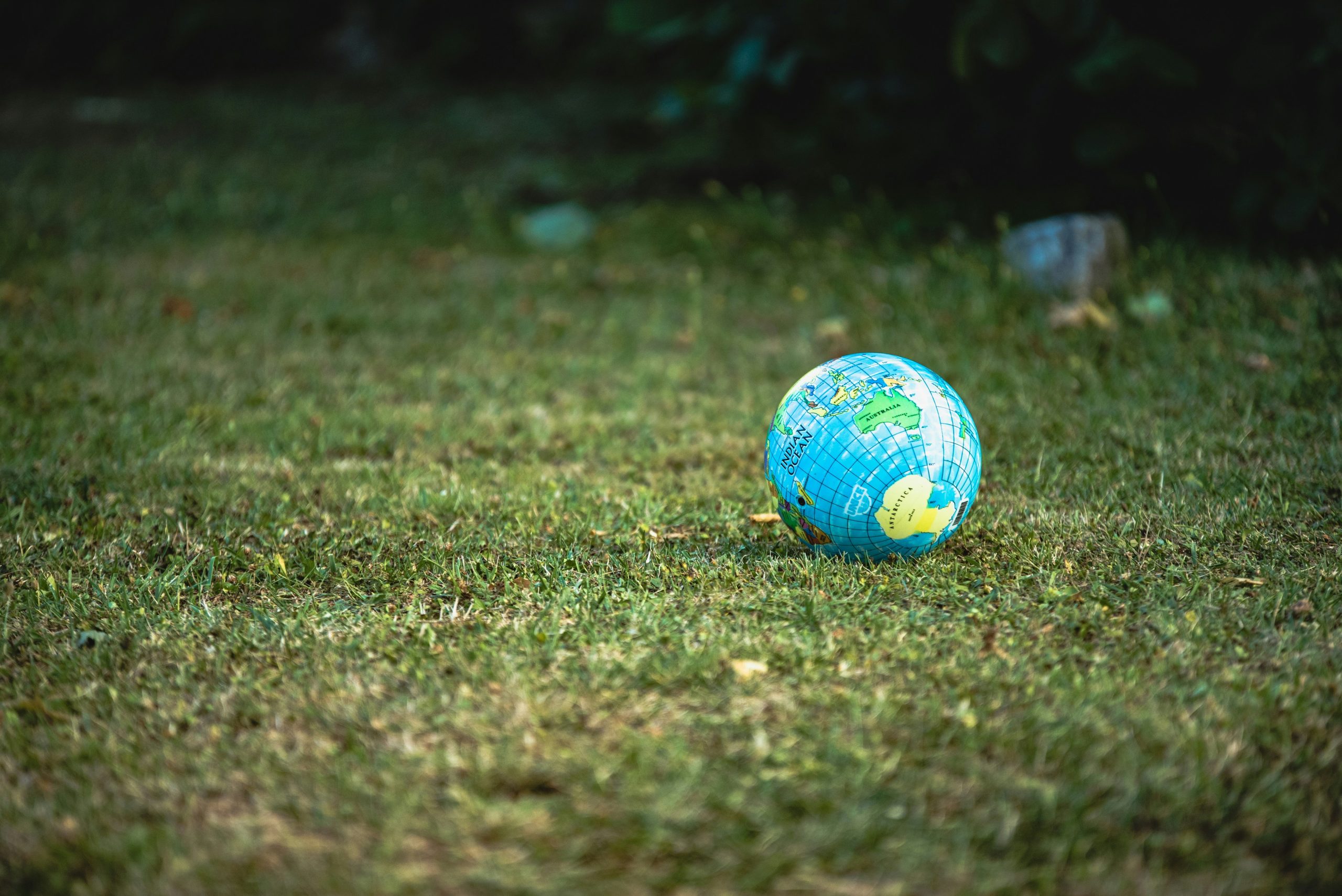
Australia: the lucky country’s eco-deficit
Australia’s rank on the Happy Planet Index in 2019: #88. Explore the data.
By: Mike Salvaris
Australia is sometimes called ‘the lucky country’. It’s big, with abundant resources, a healthy climate, a well-developed economy, and a smallish population.
By international comparisons, Australia has high levels of life expectancy and wellbeing. In the 2020 HPI, it ranks 7th and 11th respectively in these two areas.
But from an overall Happy Planet Index perspective, these positive outcomes have been historically outweighed by poor environmental performance.
Poor Environmental Performance
In 2016, Australia’s ecological footprint per head was the second highest of 140 countries, with one of the lowest overall Happy Planet Index scores and ranking (#105), despite strong health and wellbeing scores.
In 2020, this had improved slightly, though there was a similar pattern. Australia’s overall HPI ranking has lifted (to 88th out of 152 countries), again with high life expectancy and wellbeing results, but a still very poor ecological footprint score (141 out of 152 countries).
To put this in perspective, we can compare Australia with two countries it often compares itself with (coincidentally, both are world leaders in developing better national measures of progress and wellbeing ‘beyond GDP’).
In 2020, New Zealand had similarly high levels of life expectancy and wellbeing, but because of its quite low ecological footprint (about half of Australia’s on a per head basis), it ranked at an exemplary 11th in the overall HPI index.
Canada, by contrast, as a large resource-exporting and energy-using nation, is more like Australia: high health and wellbeing, heavy ecological footprint (144/152) and low HPI rank (105/152).
Why has environmental progress been so slow?
In Australia, the past ten years are now routinely described as a ‘lost decade’ for climate reform, as the major political parties buried their heads in endless internal and domestic conflicts.
Australia’s most recent 5-yearly State of the Environment Report (in 2016) identified the key problems (apart from politics):
‘The main pressures affecting the Australian environment today are the same as in 2011: climate change, land-use change, habitat fragmentation and degradation, and invasive species.”
Australia’s high per capita contribution to global CO2 emissions is mostly driven by the production and export of coal and gas, according to a 2019 Climate Analytics report.
Fortunately, a combination of international and public pressure is starting to turn this around. A national poll in August this year showed that 67% of voters believe the government should be doing more to address climate change and 75% support net zero emissions at or before the year 2050. Australia’s commitments at Glasgow’s COP26 conference will be intensely scrutinised, at home and abroad.
About the Author
Mike Salvaris is a Director at the Australian National Development Index (ANDI) Limited. He has worked for over 40 years in the fields of wellbeing, social justice, community engagement and development, government and social policy, and strategic policy coordination.
For the last nine years, Mike has been working on the development of the Australian National Development Index (ANDI), which aims to promote a national dialogue on Australia’s future progress and to develop an Australian national progress index measuring equitable and sustainable wellbeing in Australia, based on community priorities and expert and research input.
You can reach Mike at mike.salvaris@unimelb.edu.au.
How sustainably happy are you?
We've built a personal Happy Planet Index test to help you reflect on how you can create your own "good life that doesn't cost the earth".
Take the test





